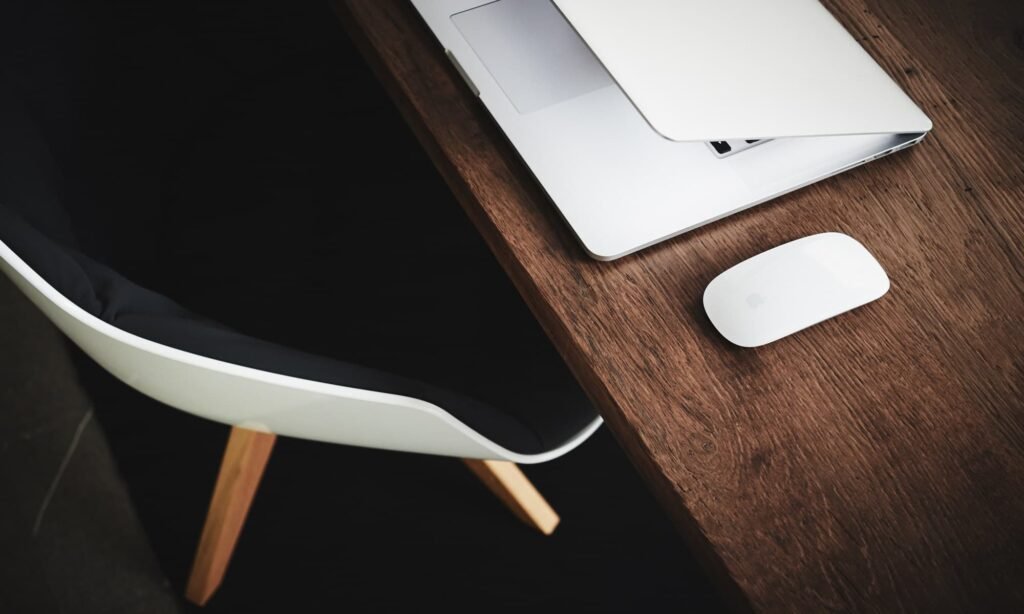The Environment
The environment, made up of living (biotic) and non-living (abiotic) elements, shapes ecosystems and supports life by providing vital resources like food, air, and shelter. While animals, plants, water, and sunlight interact to maintain natural balance, human activities such as pollution, deforestation, Overpopulation and Overconsumption disrupt this harmony. Protecting the environment through sustainable actions – like conserving energy and reducing waste – is essential for preserving biodiversity, regulating climate, and ensuring long-term wellbeing.
- According to the Website Carbon Calculator, this site achieves a carbon rating B in a range of A+ and F and is therefore cleaner than 77% of web pages globally (global average is between E and F)
- Furthermore, this site got audited by the Eco-Friendly Web Alliance and passed → See their Audit Report.
Globally, the average web page produces approximately 0.36 grams CO₂ equivalent or more per pageview. For a website with 10,000 monthly page views, that’s 43 kg CO₂ per year.
Here are 10+1 simple things YOU can do to contribute to the protection of our environment:
- Reduce, reuse and recycle. Cut down what you throw away. Follow the three “R’s” to conserve natural resources.
- Volunteer. Volunteer for cleanups in your community. You can get involved in protecting your watershed, too.
- Educate. By furthering your education, you help others understand the importance and value of natural resources.
- Conserve water. The less water you use, the less runoff and wastewater that eventually end up in the ocean.
- Choose sustainable. The everyday choices we make all have impacts on our planet. Keep track on your footprint and take your first step with WWF’s environmental Footprint Calculator.
- Shop wisely. Buy less plastic and bring a reusable shopping bag.
Read More
- Use long-lasting light bulbs. Energy efficient light bulbs reduce greenhouse gas emissions. Also flip the light switch off when you leave the room!
- Plant a tree. Trees provide food and oxygen. They help save energy, clean the air, and help combat climate change.
- Don’t send chemicals into our waterways. Choose non-toxic chemicals in the home and office.
- Bike more. Drive less.
- Practice safe sex. It’s not only beneficial for your physical and emotional health, but also helps prevent overpopulation, reduce strain on resources and keep the World Population within sustainable limits. Choosing contraception, limiting number of children or even opting out of parenthood are responsible actions that support a healthier planet. On average, each person produces 5 to 7 tons of CO₂ annually, directly and indirectly – totaling roughly 350 to 560 tons of CO₂ over a lifetime. Think before you selfishly multiply. The planet’s not getting any bigger.
Overpopulation
How many earths we need if the world’s population lived like…

Fertility, mortality, migration, and population scenarios for 195 countries and territories from 2017 to 2100 → Global Health Metrics 2017-2100
Understanding potential patterns in future population levels is crucial for anticipating and planning for changing age structures, resource and health-care needs, and environmental and economic landscapes.
Future fertility patterns are a key input to estimation of future population size, but they are surrounded by substantial uncertainty and diverging methodologies of estimation and forecasting, leading to important differences in global population projections.
Changing population size and age structure might have profound economic, social, and geopolitical impacts in many countries. Learn more about forecasted Population Shifts 2017-2100 (top ten countries by population in 2017 & 2100).
Overconsumption
Overconsumption describes a situation where the use of a natural resource has exceeded the sustainable capacity of a system. A prolonged pattern of overconsumption leads to the eventual loss of resource bases available on earth.
Consumption – of food, energy, and other goods and services – is tied to greenhouse emissions, which in turn drive climate change. Reducing consumption can thus mitigate climate change by limiting greenhouse gas emissions associated with the production of goods and services.
Avoid excessive consumption without considering its environmental impact and strive to maintain Adequate Supplies rather than excess. Contribute to a better planet with every online search by using Ecosia, the tree-planting search engine.
Sustainability as Value Creation
Sustainability isn’t about value preservation. It’s about value creation. Organizations that effectively anchor their approach to long-term value are best positioned to benefit from the value they create.
Sustainable transformation requires visionary and adaptable leadership that can navigate complexity and uncertainty while staying committed to long-term objectives.
By embodying these qualities, leaders can effectively drive sustainable transformation within their organizations and beyond.
Furthermore, embracing sustainability fosters innovation and builds a legacy that benefits both present and future generations. Sustainable leaders pave the way for resilient communities, while their ethical practices strengthen stakeholder trust and brand reputation. By prioritizing sustainability, organizations support global efforts in environmental preservation and social responsibility.
Emissions Trading
Emissions trading is the trading of certificates that entitle the holder to emit a certain amount of CO₂. These certificates are allocated and can be traded, giving emissions a price. The CO₂ price is thus a market-based instrument of environmental policy for reducing CO₂ emissions. So, the idea is to specifically promote the retail trade (B2C): The (digital) retail of emissions is the trading of certificates that compensate for the emission of a certain amount of CO₂ without the need to purchase a product or other service (e.g. goods of any kind or a trip by plane -> Transfer of CO₂ price from G2B / B2B to B2C).
Should you be interested in pursuing this idea further, you are cordially invited to submit your best consideration of investment for the project CO₂ Compensation. Regardless, you may want to calculate and offset your CO₂ emissions here: myClimate or Carbon Calculator or UN Carbon Offest Platform or Carbon Footprint
Ninja Services
Pragmatic, professional engagement rooted in global experience – Ninja Services to navigate complexity, optimize operations and drive results through Value Creation.
My Background includes well-developed, solid Core Competencies and is available to address diverse business needs, ensuring exceptional outcomes. I offer tailor-made solutions for both temporary assignments and permanent roles and am available for global travel on a flexible basis.
Contact for effective support in navigating challenges and driving success.
What’s More
The posts in My Blog feature reflective, story-driven pieces rooted in personal and societal insights.
The topics in My Interests explore abstract, philosophical ideas and their cultural and societal impact.
























